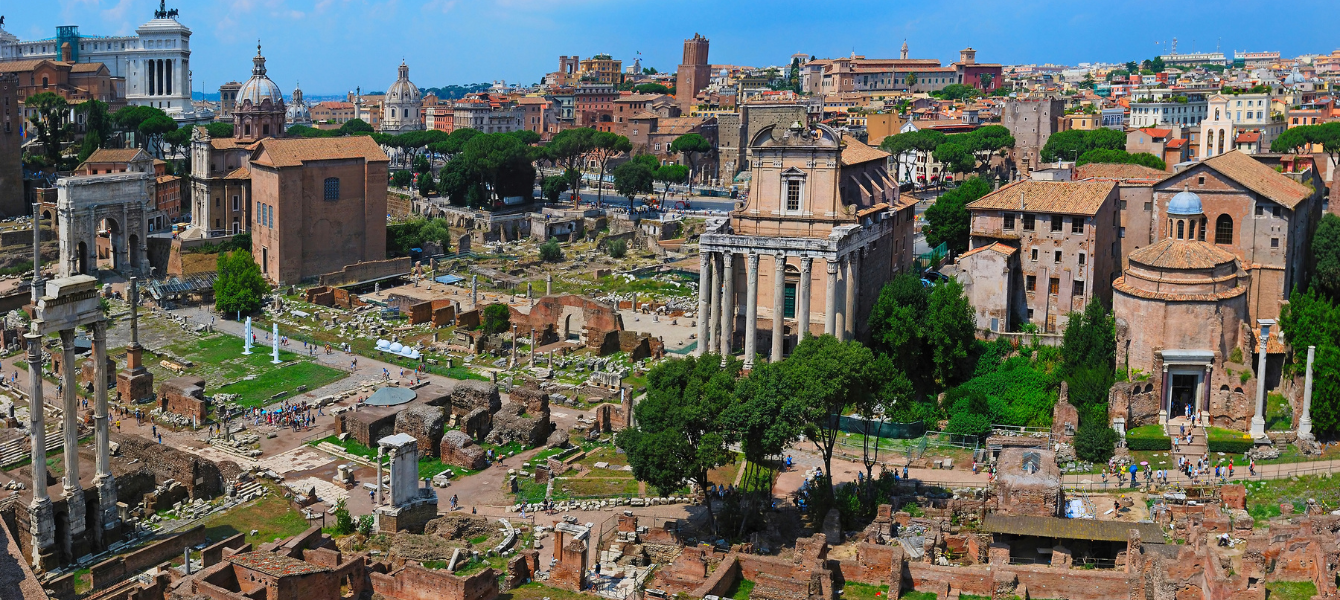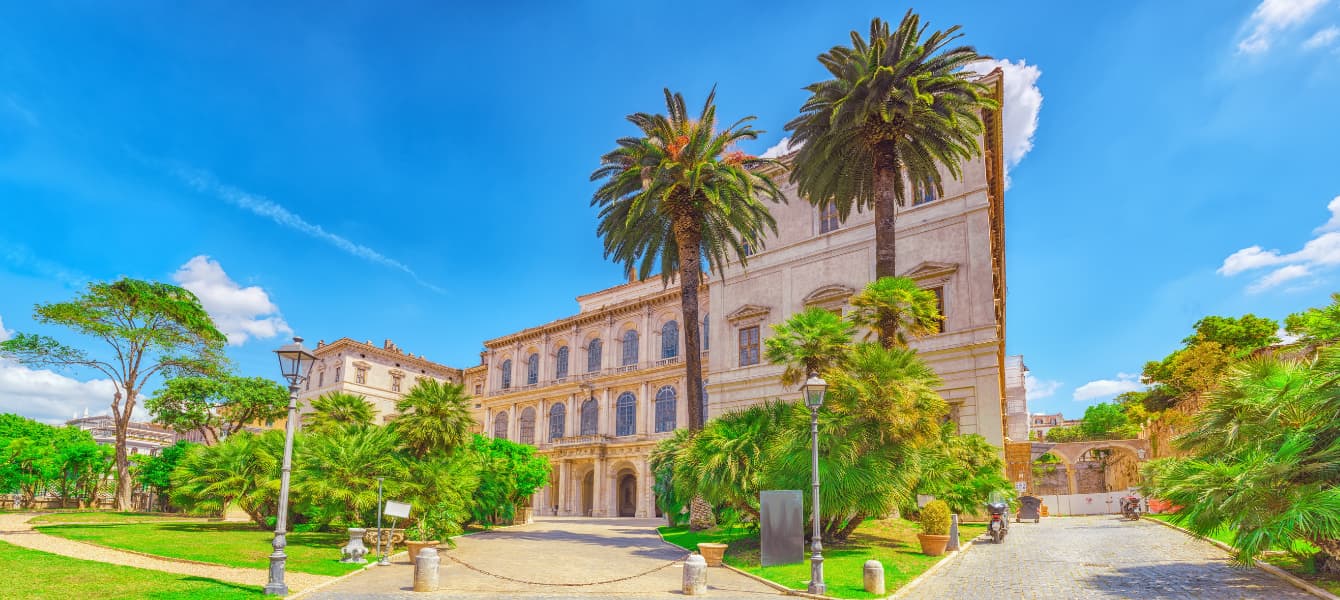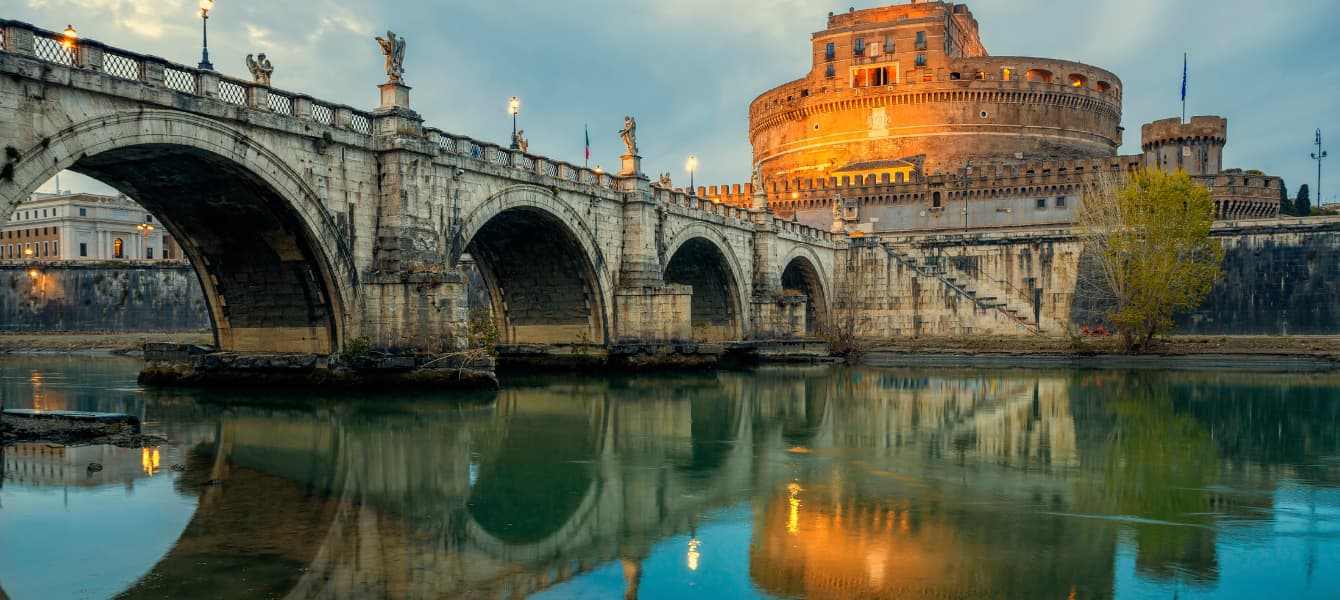Domus Aurea, or ‘Golden House’ in Latin, was the lavish palace of Emperor Nero in ancient Rome. Built after the Great Fire of Rome in AD 64, this grand residence was renowned for its opulent architecture and extravagant decorations. Domus Aurea stood as a testament to Nero’s immense wealth and taste for luxury, boasting sprawling gardens, elaborate frescoes, and innovative architectural features.
Despite its grandeur, the palace was short-lived, falling into disrepair after Nero’s death and eventually buried beneath the city’s streets. Today, Domus Aurea remains a fascinating archaeological site, offering glimpses into the extravagant lifestyle of one of Rome’s most notorious emperors.
Quick Jumplinks
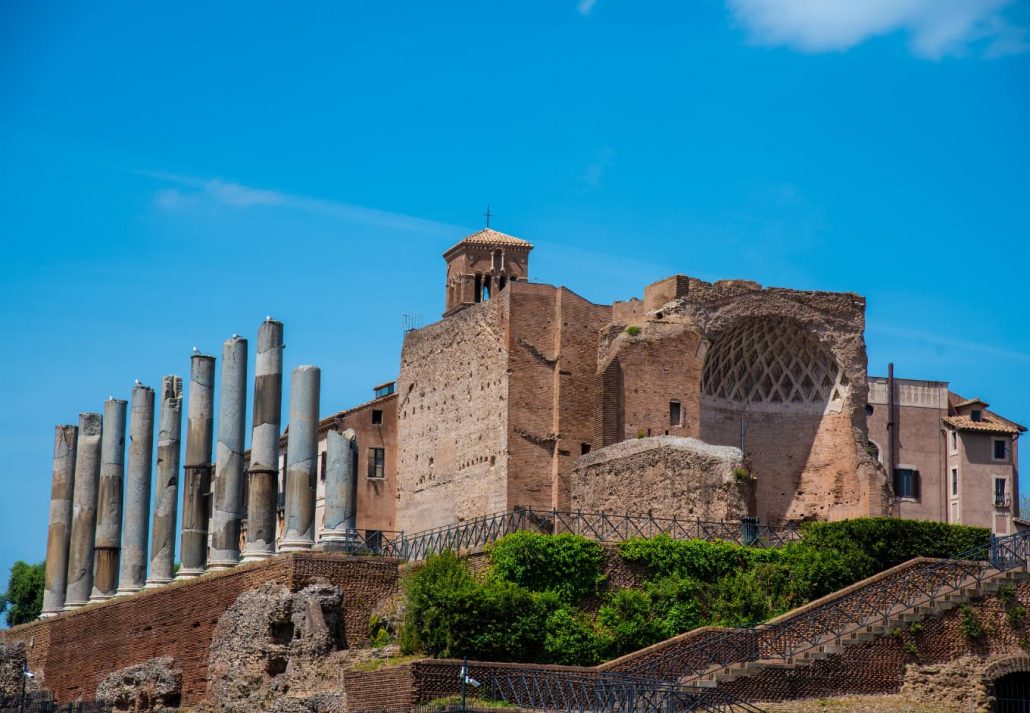
Domus Aurea: Key Information
📍Location and Address: Domus Aurea is located in Rome, Italy. The address is Via della Domus Aurea, 1, 00184 Roma RM, Italy.
🚉 How to Get There:
By Metro: The closest metro station is Colosseo (Line B), and then it’s a short walk to the site.
By Bus: Several bus lines stop near the Colosseum, from where you can easily walk to Domus Aurea.
By Walking: If you’re exploring central Rome, you can walk to Domus Aurea from popular attractions like the Colosseum or Roman Forum.
🍂 When to Go:
It’s best to visit Domus Aurea during the spring or autumn months to avoid the intense heat of summer and the crowds of peak tourist season.
Weekdays generally have fewer visitors compared to weekends.
⏱ Timings: Domus Aurea is usually open to visitors from Tuesday to Sunday from 9 AM to 5 PM
A Glimpse into Imperial Splendor
Domus Aurea located on the Oppian Hill near the Roman Forum, is a testament to the opulence and grandeur of imperial Rome. Built in the aftermath of the Great Fire of 64 AD, Domus Aurea was Emperor Nero’s extravagant new residence. Spanning across the Esquiline and Palatine Hills, this sprawling complex boasted stunning architectural features, including an artificial lake, lush gardens, and lavishly decorated rooms adorned with stucco decorations and intricate wall paintings.

Roman Architecture
One of the most remarkable aspects of Domus Aurea is its innovative architectural design. Emperor Nero, inspired by the palaces of Hellenistic monarchs in Asia Minor, commissioned the construction of this palatial complex to rival the grandeur of his predecessors. The octagonal hall, known as the “Coenatio Rotunda,” is a prime example of Nero’s roman architectural revolution, featuring intricate fretted ceilings and magnificent frescoes depicting scenes from mythology.
Despite Nero’s death and the subsequent abandonment of the palace, Domus Aurea remained a source of fascination for centuries. During the Middle Ages, the site was rediscovered by Renaissance artists who were captivated by its ornate decorations and elaborate architectural motifs. Figures such as Giulio Romano drew inspiration from Domus Aurea in their own works, contributing to the revival of interest in ancient Roman art and architecture.
Historical Context and Significance
This imperial palace, adorned with intricate roman wall decoration, stuccoed ceilings, and elaborate decorative motifs, offers a glimpse into the grandeur of ancient Rome’s imperial palaces. The discovery and excavation of Domus Aurea have provided invaluable insights into daily life during the Julio-Claudian dynasty. Archaeological excavations have unearthed a treasure trove of artefacts, including precious stones, semi-precious stones, and fragments of colossal statues, shedding light on the material culture of the era.

In recent years, restoration efforts have been underway to preserve and protect the archaeological remains of Domus Aurea for future generations. Scholars, archaeologists, and architectural historians, including Emperor Hadrian and his contributions to the palace, continue to study this remarkable site, further enriching our understanding of ancient Roman society and culture.
Attractions and Food Options Nearby
After exploring the archaeological remains of Domus Aurea, visitors can venture into the surrounding area to discover more of Rome’s rich history and vibrant culture. The nearby Roman Forum, once the political and social center of ancient Rome, offers a glimpse into the city’s past with its iconic ruins and ancient monuments.
For those seeking a taste of authentic Roman cuisine, the area around Domus Aurea boasts a plethora of dining options. From cozy trattorias serving traditional pasta dishes to upscale restaurants offering gourmet Italian fare, there’s something to satisfy every palate. Be sure to try classic Roman dishes like carbonara, amatriciana, and cacio e pepe for a truly indulgent dining experience.
Stay Options Nearby
For those seeking accommodations near Domus Aurea, the vicinity offers a range of options to suit various preferences and budgets. Among them, Relais Della Porta and Eco di Napoli stand out as inviting choices. Relais Della Porta, with its charming ambiance and attentive service, provides guests with a comfortable retreat in the heart of Rome’s city center. Meanwhile, Eco di Napoli is a B&B that offers a unique stay experience, blending modern comforts with touches of Neapolitan charm.
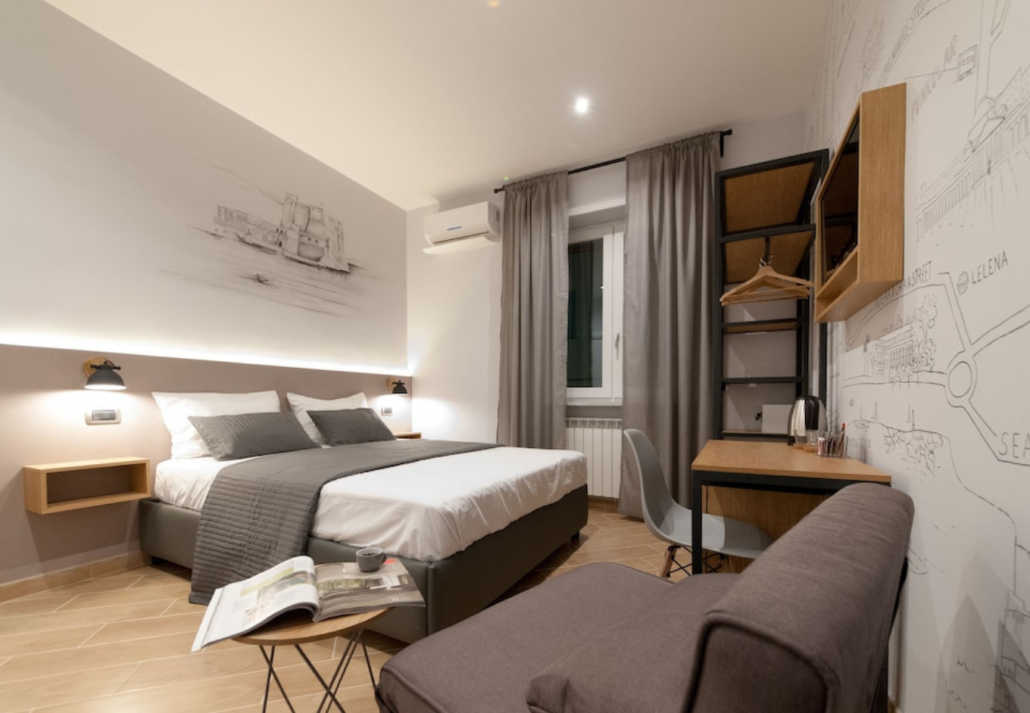
FAQs
Is photography allowed inside the area?
No, photography is not permitted inside Domus Aurea to help preserve the ancient frescoes and decorations.
Are guided tours available?
Yes, guided tours are available and highly recommended to gain a deeper understanding of the history and significance of the site.
Can I purchase tickets online in advance?
Yes, it’s advisable to book tickets online in advance to secure your visit, especially during peak tourist seasons.
Is the area accessible for wheelchair users?
Unfortunately, due to the nature of the archaeological site and its uneven terrain, Domus Aurea is not fully accessible for wheelchair users. However, some parts of the site may be accessible with assistance.
